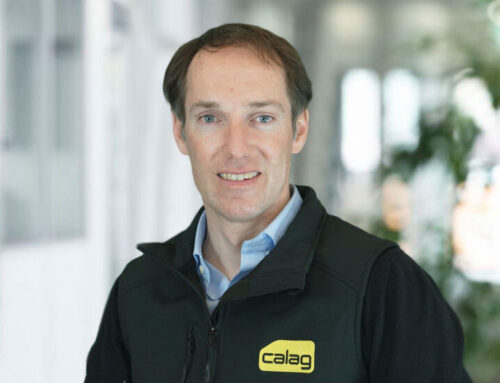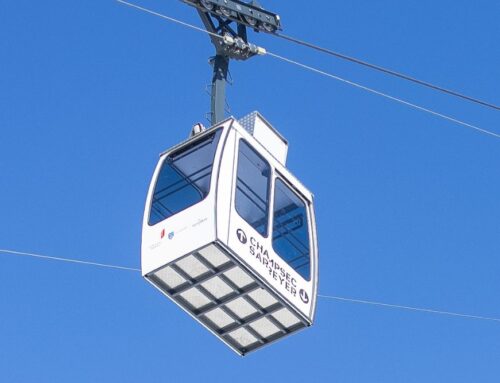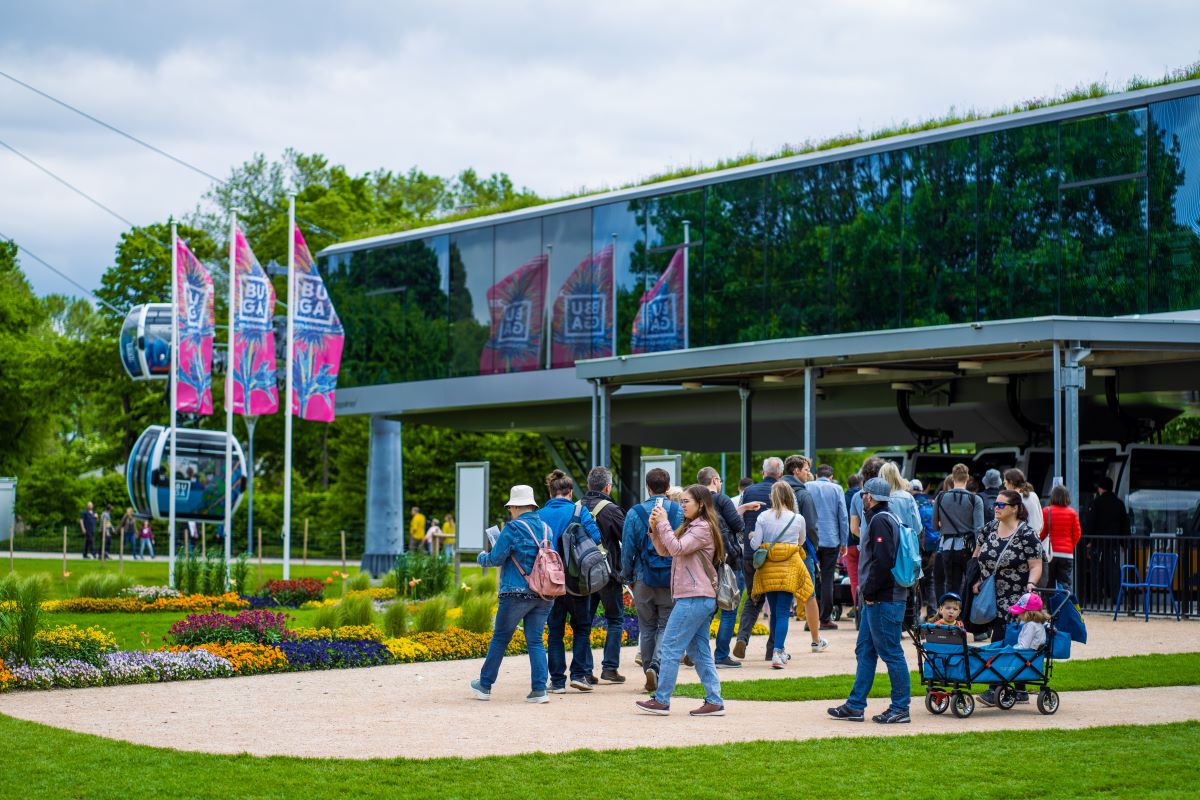
Cities, SI-Urban
Study shows: cable car is more sustainable than the electric bus
At the 2023 Federal Garden Show in Mannheim, a cable car from DOPPELMAYR connected the two exhibition grounds Spinelli and Luisenpark, which are two kilometres apart. A total of three million passengers used the ropeway, which is powered by green electricity, for 178 days.
The installation was a detachable gondola lift of the D-Line generation with 64 OMEGA V cabins, each with space for ten passengers.
Proven system
The installation at the Federal Horticultural Show was a detachable gondola lift of the of the D-Line generation with 64 OMEGA V cabins.
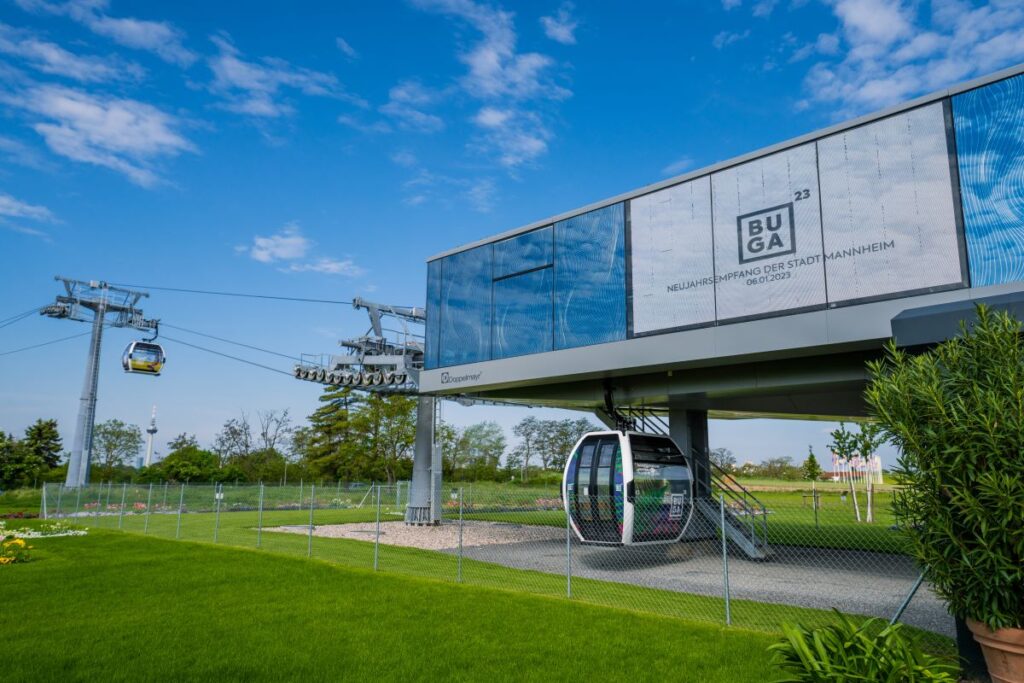
The cable car as a mobility solution made it possible to realise a direct and cost-efficient link between Spinelli and Luisenpark. The connection via aerial line in an independent and free transport level made it possible to overcome various obstacles and the urban space with little effort.
This cable car was not only a component of the BUGA 2023 sustainability concept, but also provided a glimpse of innovative mobility concepts.
Comprehensive sustainability analysis
Darmstadt University of Applied Sciences prepared a sustainability analysis of the operation of the BUGA23 cable car by DOPPELMAYR, in which three transport systems for connecting the two event locations Luisenpark and Spinelli Park were compared and evaluated: the actual BUGA23 cable car, a fictitious electric bus and a diesel bus connection alternative.
Attention was focussed on three different aspects that are very important in transport design and the experience of mobility: Social, economy and ecology. The cable car scored highly in all three categories.
Inclusive
Barrier-free access to the cabin makes it easier to get in with a wheelchair, pushchair or bicycle.
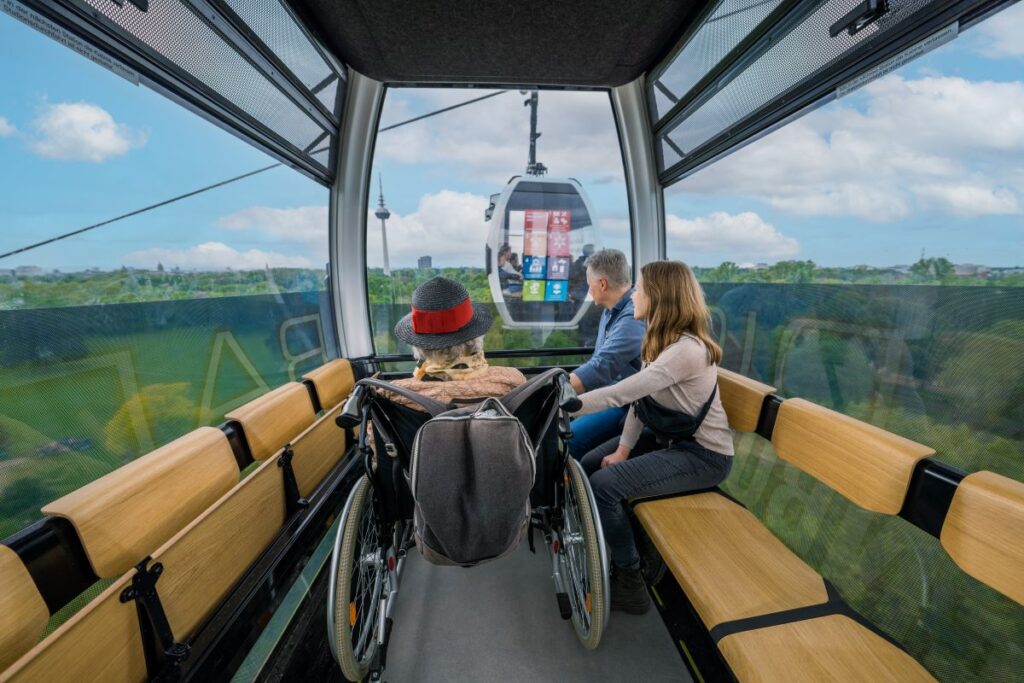
Social aspects
In the comprehensive analysis of the transport systems under consideration and their social effects, subjective aspects such as travelling experience, comfort and the feeling of experience are examined in addition to the quality of the connection. Aspects such as accident risk, social safety and accessibility are also considered.
According to this assessment, the cable car is the more socially sustainable mode of transport compared to both bus variants.
In particular, the connection function with clock-free operation and the guaranteed accessibility were rated particularly highly. The cable car also scored very well in terms of emissions, comfort and experience.
Comfortable connection
Guests travelled comfortably and environmentally friendly between Luisenpark and Spinelli Park by cable car.
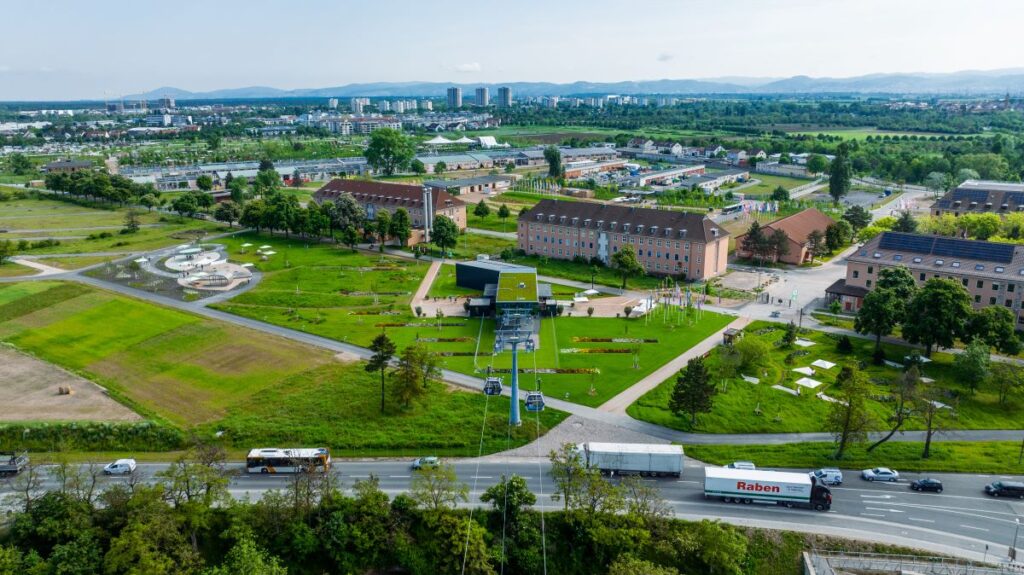
Economic aspects
In addition to investment and operating costs, economic aspects such as energy consumption, labour requirements and land consumption were taken into account, as well as downstream processes such as dismantling, flexibility and recycling.
In the overall assessment of the study, the cable car came out just ahead of the electric bus. The decisive factor was the low energy and land consumption.
Ecological aspects
In all three areas analysed, the clearest difference between the three different transport options was found in the area of ecology. The cable car was rated best by far. Land sealing, noise pollution and the impact on air quality were analysed here.
The conclusion of the study
In all three pillars of sustainability analysed – social, economic and ecological – the cable car scored best in comparison to diesel buses and electric buses.
The cable car in Mannheim has proven to be a socially attractive, quickly realisable, economical and environmentally conscious means of transport and has provided an impetus for further cable car projects.
Thanks to their low land consumption and small ecological footprint, cable cars can not only make an efficient but also sustainable contribution to the growth of cities and the improvement of urban mobility.
As a further component of multimodal linked mobility, they help to overcome obstacles in the transport network and to close gaps in order to achieve localised mobility and close gaps in order to relieve congestion at certain points.
They can become part of local public transport and thus also of the ticketing system and timetable.






